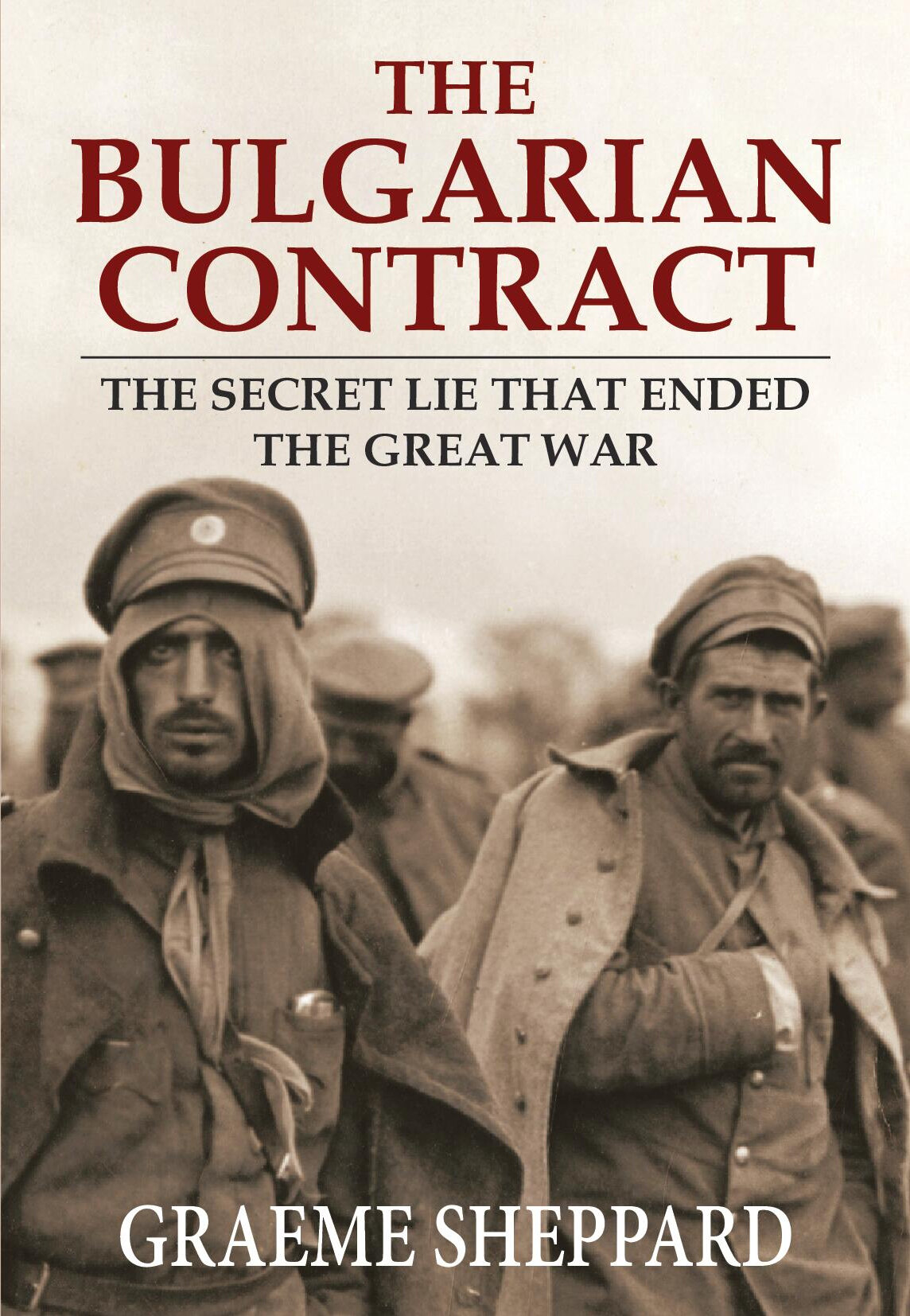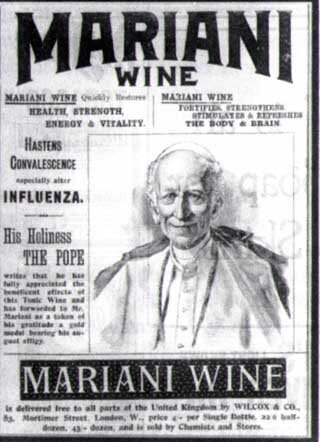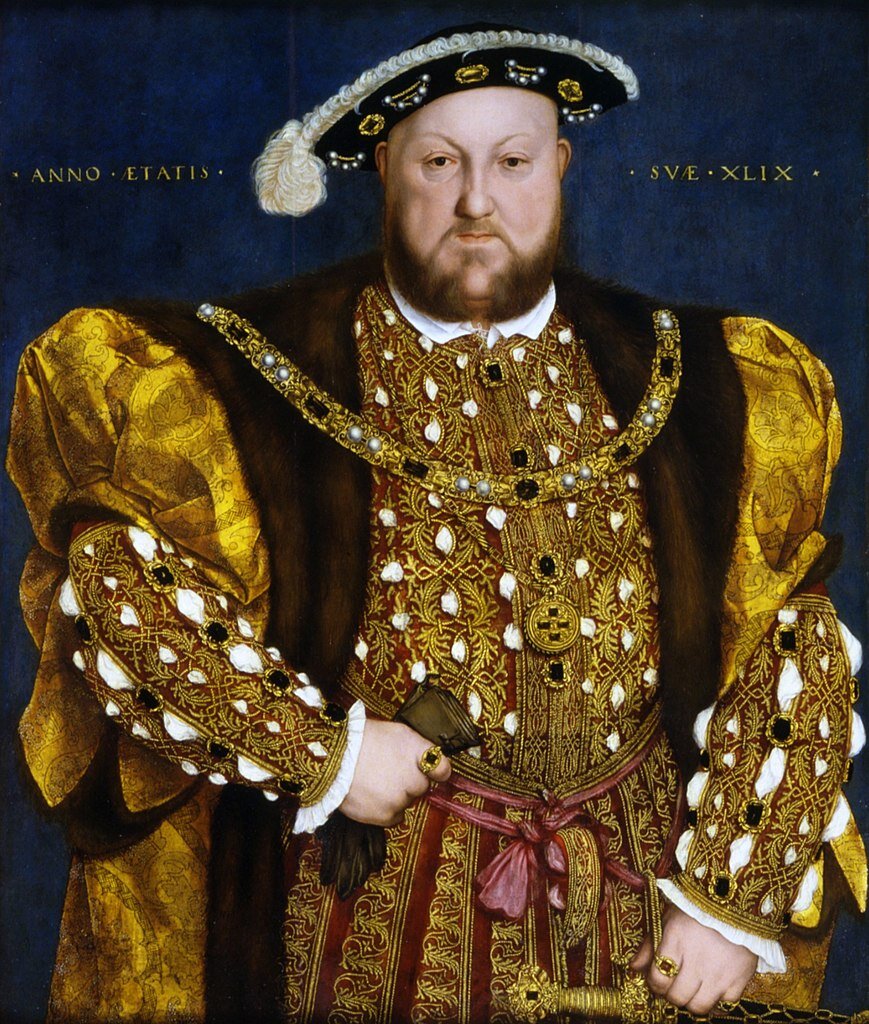Looking back on the belligerent nations of the Second World War, Romania is often counted as part of the Axis nations. Romania’s Fascist leader, Ion Antonescu, was close with Hitler, the country had officially joined the Axis in 1941, and Romanian troops fought alongside the Germans on the Eastern Front.
If one was to judge Romania simply by these factors alone, then the county can be consigned to the realm of yet another Axis collaborator. However, Romania’s situation during the Second World War was more complex than meets the eye, and an assessment of neutrality requires an examination of what led to its position in the conflict.
A Political Problem
Following the conclusion of the First World War in 1918, Romania was one of the few countries to end up better off than it had been before the war; it received generous awards of territory that allowed the country to nearly double in size, with its population reaching up to 16 million. [1]
In addition to managing all its new peoples and territory, a major issue in Romania following the conclusion of the First World War was the struggle between democracy and authoritarianism. Romania had a solid foundation of democracy, given that its two strongest political parties throughout the 1920s, the Liberal Party and the National Peasant Party, were both recognized for their staunch democratic viewpoints. The National Peasant Party even won the 1928 election, and, at the time, the future seemed to bode well for democracy in Romania.
However, things changed in the 1930s with two major events that would shape Romania’s future turn towards authoritarianism. The first major change was the Great Depression, which crippled Romania’s economy and shook the people’s faith in their democratic government, led by Iuliu Maniu. This left people free to look for solutions to the country’s problems in more extreme political movements, a familiar narrative in Europe at the time. The second major change came with the accession of King Carol II to the throne, who would push democracy aside in favor of his own self-centered reign.
A Controversial Figure
Carol was born on October 15, 1893 and was the first Romanian monarch to be born in the country; previous monarchs were of German descent. [2] Carol was raised by his aunt and uncle, King Carol I and Queen Elisabeth, who felt that his parents, King Ferdinand and Queen Marie, were unable to raise their son properly because they were too young. His uncle tried to raise Carol in his own militaristic image, but quickly found out the boy preferred a hedonistic lifestyle of party and drink, caring little for military pomp and ceremony. Carol was extremely adventurous; he joined the Prussian Guards military unit and fought in both the Second Balkan War of 1913 and the First World War.
Carol renounced his claim to the throne twice - first in 1918 and again in 1925 - and gave birth to his son Mihail, future king of Romania, in 1921 with his second wife Helen of Greece (his first marriage was a messy affair, conducted without the approval of Parliament and was swiftly dissolved).
In 1927, Carol’s father died, and the throne went to his infant son, with a regency ruling on his behalf while Carol lived in France in exile. Although he had been officially excluded from the throne by his father’s will and by a law passed in 1926, he returned to Romania in 1930 with the goal of reclaiming his position on the throne. [3] Following a coup that took place on June 7, 1930, Carol took his place as Romania’s king over his infant son.
Upon usurping the throne, Carol immediately tried to increase his own power, disregarding the oath he had sworn upon taking the throne to uphold the 1923 Constitution, and began to fashion himself as a dictator. During his reign, and as a consequence of his growing admiration of the Fascist policies of Benito Mussolini in Italy, he began to dismantle Romanian democracy. His attempts came to a head in 1938, when he dissolved all political parties and proclaimed a royal dictatorship. This was done following his discovery of a plan that attempted to bring the anti-Semitic and Fascist Iron Guard into power.
As Europe once again drew closer to war, Carol tried to appease both sides - he appealed to Britain for help while also trying to improve relations with Germany by visiting Hitler. When the Second World War officially broke out in September 1939, Carol declared neutrality. However, in May 1940, seeing the shocking fall of France and the Allies back-pedaling, he decided to officially join the Axis.
Unfortunately, Carol’s reign did not last much longer. In June 1940, under threat from the Soviet Union and knowing his army was no match for the Red Army, Carol was forced to surrender pieces of Romanian territory to appease Stalin. In August, further territory in Transylvania (which had been awarded after World War One) was ceded to Hungary as a result of the Second Vienna Award. This was a set of territorial disputes arbitrated by the Fascist powers of Italy and Germany with the goal of drawing Hungary into their alliance. [4] This resulted in Carol losing support from the people, and the army refused to follow his orders. Out of desperation, Carol named General Ion Antonescu as prime minister, but was forced to abdicate in favor of his son Mihail on September 6, 1940. However, Mihail immediately granted Antonescu dictatorial power, further paving the way for the Fascist regime, as Antonescu would later ally himself with the powerful Iron Guard.
Rise of the Iron Guard
Much like other European countries during the tumultuous interwar period, Romania had its own Fascist-style movement that sprang up during the 1930s. Following King Carol’s dissolution of various political parties in 1938, a new party to crop up in Romania was the Legion of the Archangel Michael led by Corneliu Zelea Codreanu, whose father was the leader of the largest extreme anti-Semitic party in Romania. [5]
For several years, the Legion was just a small organization with little money or support. In 1930, the Legion founded a militia branch called the Iron Guard, which included all Legionnaires (members) between the ages of 18 and 30, and won two local by-elections, thereby gaining parliamentary representation for the first time in 1931. In the national elections of 1932, support for the Legion rose to only 2.37 percent. [5] However, the National Peasant Party, which won the election, showcased interest in obtaining the help of the Iron Guard’s Legionnaires. At the same time, Nazism was rising in Germany and Nazi contacts became more frequent in Romania, even establishing a Romanian Nazi party.
The Legion acknowledged the Romanian monarchy as an important and fundamental institution, and as a result, King Carol actively tried to reign in and exploit the Legion for his own purposes until 1937. However, realizing his efforts were futile, Carol tried to stamp out the organization - a move which also failed.
In the 1937 elections, the party finished third with 15.5% of the vote, its highest total yet. When Carol abolished all parties and declared a royal dictatorship the following year, Codreanu urged his compatriots to accept the new regime, but was arrested by the government and put to death. An internal battle for power followed his death, with the victor being Horia Sima.
Antonescu’s War Contributions
Upon taking power, Antonescu allied himself with the Iron Guard and established Romania as the authoritarian National Legionary State. However, this new state was not to last long - Antonescu and the Guard had opposing ideologies. Antonescu embodied strict order, while the Guard aligned itself with chaos, rejecting Antonescu’s social policies. This led to a rift which erupted in January 1941 when he used the army to destroy the Guard, making himself a military dictator for the remainder of the war.
By this time, the Second World War was in full swing, and Antonescu decided to ally himself with Hitler, who he had no doubt would win the conflict. He committed Romanian troops and resources to aid the German invasion of the Soviet Union in June 1941, hoping that he would be granted the territory of Transylvania after the war’s conclusion. [1] In fact, Romanian troops in the invading Axis army numbered the second highest. [6] This proved to be a disastrous move as the Soviets repelled the attack, leading to huge numbers of Romanian casualties, destroying Antonescu’s hope that Germany would win the war.
In 1941, the Iron Guard attempted (and failed) to overthrow Antonescu, forcing its leaders to flee the country. By 1943, the tide of war had turned against the Axis powers, and Romania was subjected to Allied bombings, especially its oil fields, which were vital to the war effort. The Soviets, who had recovered from the previous invasion and were now pushing their way back across Europe towards Berlin, invaded Romanian territory and the army was unable to hold them back. Seeing his country’s plight and sensing an opportunity, Mihail gathered his supporters and launched a coup, overthrowing Antonescu's government. He proceeded to align Romania with the Allies and the Soviets, declaring war on Germany on August 23, 1944.
Romania would spend the rest of the war fighting alongside the Allies against the Germans, waging bloody battles across Eastern Europe. Although it ended the war on the winning side, Romania lost a lot of territory as a result of the Soviets downplaying the defection of King Mihail, given that, for a majority of the war, Romania had fought against the Soviets. In post-war negotiations, the Soviet Union was given a 90% share of control over the country, which would result in its Cold War Sovietization and the rise of a Communist regime. [6]
The Holocaust
Romania’s role in the Holocaust is often forgotten. Unlike Germany or Italy, Romania was not driven by a desire for conquest, but a desire to do what was best for the national interests of the country. During the period of Antonescu’s leadership, the government ramped up its anti-Semitic laws and authorized many pogroms which killed thousands of Jews within Romanian borders. However, the Romanian government later realized that they could make a large profit from the situation by allowing European Jews transit through Romania to safer lands while charging exit fees. Abroad, Romanian anti-Semitism was showcased by the atrocities of Romanian troops massacring upwards of 260,000 Jews in southern Russia and Ukraine. [7]
One of the most infamous incidents was the Odessa Massacre in 1941, in which approximately 30,000 Jews were murdered by German and Romanian soldiers. [8] On October 16, 1941, the Red Army surrendered the city of Odessa to German and Romanian troops after two and a half months of bloody and bitter fighting. At this point, roughly 250,000 inhabitants remained in the city, including some 90,000 Jews.
Around 6.45 p.m. on October 22, a bomb (probably in place since before the city’s capture) exploded close to the Romanian headquarters, killing 67 people, including 16 Romanian and four German officers. Angered, the invaders announced that for every dead officer, 200 "Bolsheviks" must be executed, and 100 for every dead soldier. However, there were no longer any “Bolsheviks” left in the city - they had fled long ago. Instead, the city’s Jewish population faced the retaliation of the invading armies. Between October 22 and 23, up to 30,000 people were rounded up and locked in nine empty munitions depots at the edge of the city, which were then doused in gasoline and set on fire. Similar horrifying acts of extermination took place across Ukraine over the following months and weeks.
Figures show that Romania bore responsibility for the deaths of more Jews than any other German-allied country other than Germany itself. [7] In the face of such clear destruction and hatred, the Romanian government has steadfastly maintained its innocence, blaming these acts solely on the Germans and Hungarians. As recently as 2003, the government stated that it is “unjust to link Romania to the persecution of the Jews in Europe” and that the numbers of Jews killed in Romanian-perpetrated atrocities were being inflated for the sake of media impact. [7] Romania must face the horrors of its Holocaust past and accept the role it played in one of the worst atrocities in history.
Conclusion
The question of whether Romania can truly be considered neutral is easy to answer. Despite the country’s declaration of strict neutrality at the outset of the war, the political situation within the country forced Romania into the Axis camp. Its politically Fascist ideologies, anti-Semitic policies and actions taken towards Jews, and the contribution of manpower to help the German army in its attempt to crush the Soviets meant that Romania, like Italy, was firmly a wartime ally of the Germans - even if official statements may have indicated otherwise. Romania made more contributions to the Axis war effort, both militarily and ideologically, than it did to the Allied war effort, only fighting alongside the Allies for roughly a year, and only when it was already too late to have an impact.
What do you think of Romania’s role in World War Two? Let us know below.
Now, you can read Stefan’s article on whether Portugal was neutral in World War Two here.
















